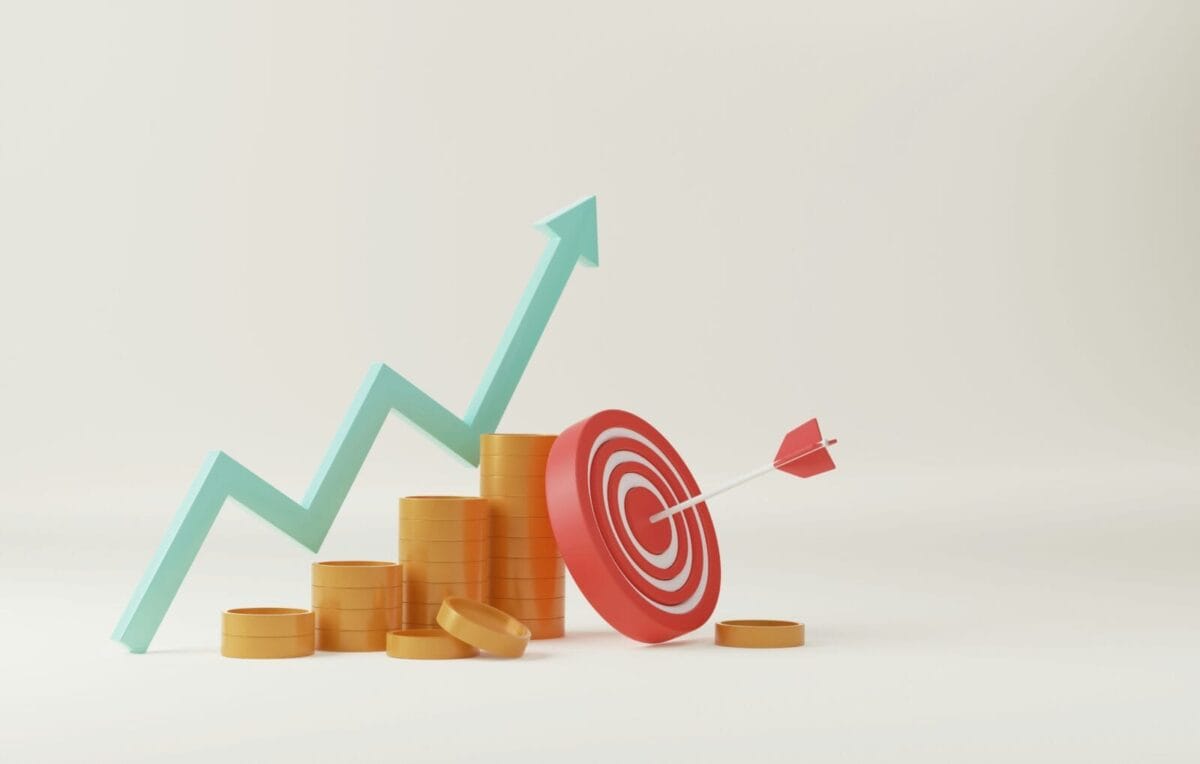Joseph Amato, president and chief investment officer at Neuberger, examines how AI is boosting productivity with measurable effects on growth, labour markets, and asset prices. While the surge in tech stocks captures headlines, underlying efficiency gains show AI’s economic influence is real and accelerating—though risks and uneven adoption remain.
Amid the AI frenzy are some early signs of the technology’s positive impact on productivity, raising profound implications for growth, inflation, labour markets, and asset prices.
While striking, the recent 40% rise in the share price of a chipmaker on it agreeing a multi-billion dollar deal with a leading AI company is just the latest demonstration of the technology’s power in equity markets.
Over the past few years, the AI investment boom and its transformative promise have more broadly propelled the S&P 500 index to all-time highs, almost entirely driven by the advance of the mega-cap technology companies.
Such a frenzy inevitably raises several questions: is this a classic asset bubble poised to burst? A catalyst for profound economic and social change? Or some combination of both?
The jury may be out at this time, but no one doubts AI is here to stay and that it is already having significant impact.
In particular, AI’s economic impact is no longer theoretical – it is increasingly measurable, material, and accelerating. Importantly, it seems to be helping to recalibrate and drive productivity.
Productivity power
Recent US data show broadly healthy real growth alongside subdued overall job creation – an unusual combination that points to productivity doing more of the heavy lifting.
This was clearly visible in the Bureau of Labor Statistics’ preliminary annual revisions in September. It showed 911,000 fewer jobs were created than previously thought for the 12 months to March 2025, and yet growth during that period and since has been relatively strong.
Companies integrating AI into workflows are protecting and, in some cases, enhancing profit margins. It is early, but this seems consistent with a step-change in efficiency rather than a cyclical blip.
Academic studies appear to back this up. While there are already clear signs of near-term impact, AI is expected to lift US productivity and GDP by approximately 1.5% by 2035 and nearly 3% by 2055. Across the G7, labour productivity gains are projected between 0.2% and 1.3% over the next decade, with significant variation driven by adoption speed and sector composition. This transformation is likely to happen and is happening more quickly.
Task-level exposure is already pervasive: around 80% of the US workforce could see at least 10% of tasks affected by large language models, and for roughly a fifth of workers, as much as half of tasks may be impacted.
Clearly substantial cost efficiencies and increased labour productivity are a big driver of company adoption. At this stage, technology companies are first and foremost capturing those benefits. Indeed, at the mega-cap technology level, revenue per employee across a group of the leading tech companies has risen 38% since the launch of ChatGPT at the end of 2022.
In the software industry more broadly, the revenue generated by employees of the constituents of the S&P Software & Services Index has accelerated to 10% a year since 2023 – up from 3.3% a year between 2016 and 2022, opening up a 30% delta between the pre-AI and post-AI trends. While impressive, the read-through to other industry sectors may ultimately be more impactful.
Downside risks
Such productivity gains are welcome, but they are far from evenly spread and come with associated risk.
Regionally, the US and China are moving fastest on AI development, supported by lighter regulatory postures, huge investment, and intense deployment. Europe, however, risks lagging, not for lack of capability, but because a regulation-first stance can slow commercial uptake. That divergence could potentially shape competitive dynamics and cross-border capital allocation in the years ahead.
Within industries, elevated AI capex spending in compute, networking, and deployment are unlikely to compound at today’s pace indefinitely; as spending growth inflects, dispersion will widen among the companies that have benefitted the most from investment over the last few years.
As part of this, failures alongside durable winners are to be expected – creative destruction is a feature, not a flaw, of capitalism and powerful technology waves. The result will be more volatility in AI-related stocks.
Most importantly, labour market pressures from the advance of AI are real.
Lower-end white-collar roles – performing routine analysis, administrative tasks – often filled by recent college graduates – face significant displacement risk. What’s more, a broad labour market disruption carries profound policy implications for which world governments will eventually need effective responses.
Macro reshaping
All of this creates a more complex investment environment in the short and medium term.
Yet, key questions are how, and at what pace, AI’s productivity effects will filter through profits, wages, valuations, and policy.
Even though it is too early to answer those questions with certainty, the combination of resilient U.S. growth alongside subdued job creation suggest productivity gains from AI are materialising faster than anticipated.
Despite significant risks to the pace of AI’s development, including those relating to the power and energy infrastructure needed to support full-scale deployment, momentum will likely be maintained.
For risk assets, this setup is constructive. Softer labour markets temper wage inflation. A data-dependent Federal Reserve – and one that is very focused on the labour market – observing productivity-supported growth without escalating price pressures can afford to be accommodative.
Meanwhile, companies that can translate AI into measurable efficiencies can sustain higher profitability, in turn driving selective outperformance, with a premium on actual adoption and demonstrable return on AI investment.
It may be early days, but there are clear signs we are heading in that direction irrespective of whether there is an ‘AI bubble’ for those tech stocks most directly tied to this transformational capability.







![[uns] house of commons, parliament](https://ifamagazine.com/wp-content/uploads/wordpress-popular-posts/788873-featured-300x200.webp)


![[UNS] tax](https://ifamagazine.com/wp-content/uploads/wordpress-popular-posts/788955-featured-300x200.webp)




